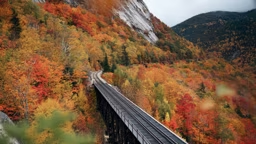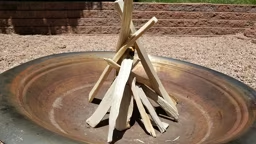
One of the beauties of hiking is its simplicity. It’s just walking, really. Albeit, often uphill and sometimes through mud or over rocks, but overall, it’s just walking. Still, a few key pieces of essential gear can go a long way toward ensuring a great hiking experience.
Ten Essentials
Developed in the 1930s by The Mountaineers, a Seattle-based hiking and mountaineering group, the “10 Essentials” are key items that hikers should never leave home without. They are: map, compass, extra clothing, extra food, flashlight, first-aid kit, matches, fire starter, pocketknife and sun protection (sunglasses and sunscreen).
Thankfully, so you don’t have to run all over town trying to track down these items, several outdoor outfitters offer first-aid and even 10-essentials kits geared especially for hikers and backpackers. (Just search the web using the key words “Ten Essentials Kit.”) Compact in size, these start at about $50 and usually contain more bandages, wraps and ointments than hopefully you’ll ever need. Or a simple home first aid kit can be amended. Throw in additional items you want like a couple energy bars (extra food), a space blanket (extra clothes), matches, map, pocketknife, and you’re set.
Proper Footwear
No single piece of equipment will have bigger effect on your hiking experience than your footwear. You don’t want to skimp when it comes to your feet. Not that you have to shell out a week’s pay for boots made from the latest and greatest high-tech, space-age polymers, but you want footwear that offers ample support, fits well and is built to last.
Also, fit your boot to the task. Will you be doing mostly short day hikes where the most you’ll be carrying (besides your 10 essentials, of course) is perhaps a water bottle and a camera? Then lightweight trail shoes and hiking boots (even trail-running shoes) are fine. Often made of nylon mesh or split-grain leather, these type of shoes and boots are lightweight, breathable, quite comfortable and come in both high- and low-top. Quality shoes start at about $50 and can go as high as $150 or more.
See also GORP with a Twist
If your hike is more of a strenuous outing, perhaps requiring lots of climbing or creek crossings, or one in which you’ll be carrying a heavy pack (maybe even a small child), you’ll need something more. Midweight hiking and backpacking boots offer more support and stability, both for your ankles and your arches. They are almost always high-tops, and – since they’re made of full-grain leather, GORE-TEX, or something similar – are waterproof. Or they at least offer some protection from moisture. Expect to pay about $80 to $200 for this type of footwear.
As for what to wear inside those shoes (besides your feet), never wear cotton socks. Cotton absorbs moisture keeping it close to your skin, which, if the temperature drops, can be dangerous. Instead, look for lightweight wool or socks made with COOLMAX, a synthetic material that works specifically to wick moisture away from your skin. These can cost anywhere from $6 to $20.
Hydration
If you plan to be out hiking for more than an hour, you’ll want to take along something to drink. And just as the choices of what to drink are wide and varied so too are the choices as to how to carry it. For shorter trips, just tucking a water bottle or two in your daypack will work just fine. But if you’re going to be out longer than a couple hours,or are going to be on an especially strenuous trail, you might want to consider a pack specifically made for carrying liquids.
These can take the form of a waistpack that comes with holders for carrying up to three 20-ounce bottles (about $10 to $40) or a hydration pack. These look like, and actually also serve as, a backpack – but they come with a collapsible reservoir that can hold up to a gallon of liquid. They’re hands-free too. To drink, you simply suck on a tube attached to the reservoir. These come in a variety of sizes with costs ranging between $30 and $100.
Trekking Poles or Walking Sticks
To take some of the physical stress off your body from downhill hiking or from carrying a pack, consider trekking poles or a walking stick of some kind. Along with absorbing some of the impact usually reserved for your knees, shoulders and back, they can help steady you when crossing streams, rocky stretches and places where the ground is unstable.
A wide variety of trekking poles (some even come with mini-shock absorbers) and walking sticks (some with compasses mounted in the handle Ski poles can be substituted for trekking poles and, of course, it’s always fun to find and customize your own walking stick.
So get out there, explore and have fun. The great outdoors awaits!
See more Road Trip Guide: Flathead Lake in Western Montana
Mike McQuaide, of Bellingham, Wash., has hiked extensively throughout the Pacific Northwest. He also wrote the book “Day Hike! North Cascades” for Sasquatch Books.










